Acknowledgments
I am grateful to colleagues at the Center for Inquiry in Amherst, New York, for help in various ways, including research assistance. They include Tim Binga, Director of the Center for Inquiry Libraries; Kevin Christopher, Public Relations Director of the Committee for the Scientific Investigation of Claims of the Paranormal (CSICOP); Barry Karr, Executive Director of CSICOP; Tom Flynn, Director of Inquiry Media Productions; Kendrick Frazier, Editor of Skeptical Inquirer magazine; Benjamin Radford, Managing Editor of Skeptical Inquirer; and Ranjit Sandhu, Research Associate of the Center for Inquiry, who also prepared the manuscript. Specific production assistance also came from Lisa A. Hutter, Art Director, and Paul Loynes, Production, as well as staff member Allison Cossett, former Skeptical Inquirer Art Director Chris (Kuzniarek) Karr, Matt Nisbet, and Etienne Rios.
I am deeply indebted to Robert A. Baker, Emeritus Professor of Psychology, University of Kentucky, and John F. Fischer, forensic analyst (retired) at the Orange County, Florida, Sheriffs Department crime laboratory, who have been invaluable over the years as fellow investigators, coauthors, and friends.
I am also indebted to fellow CSICOP Executive Council members James E. Alcock, Barry Beyerstein, Thomas Casten, Kendrick Frazier, Martin Gardner, Ray Hyman, Lawrence Jones, Philip J. Klass, Lee Nisbet, Amardeo Sarma, Bela Scheiber, and Paul Kurtz, Chairman of CSICOP.
In addition to individuals mentioned in the text I am also grateful to the following: S.L. Carson, Silver Spring, Maryland; Barbara Henry, Perry, New York, Public Library; Buffalo and Erie County, New York, Public Library; the late J. Porter Henry Jr., Cincinnati, Ohio; Mike Hutchinson, South West Essex, England; Tammy Miller, Chamber of Commerce, Perry, New York; New York State Library, Inter-Library Loan Department; Tom Pickett, Department of Physics, University of Southern Indiana; Herbert Schapiro, Tucson, Arizona; and Beth Wilson, Howard County Library, Columbia, Maryland.

Chapter 1
The Case of the
Petrified Girl
Raised in the hills of eastern Kentucky, I grew up with the legend of the petrified girl. Set in the little farming village of Ezel, near my hometown in Morgan County, the story evokes religious accounts of incorruptible corpses as well as ghoulish tales of the undead.
Late in the last centuryone account says in 1880, another the 1880s, still another around 1900workmen were moving graves from the old Ezel burying ground to a new cemetery site. In some accounts, the reason for the relocation is not recalled, but most state it was due to a typhoid epidemic that stemmed from the graveyards pollution of local wells. In the course of the disinterments, the men uncovered the grave of a young girl. Some vague accounts have neither name nor age for her, while others reach near agreement that she was a 17yearold daughter of a Mr. and Mrs. Wheeler or more specifically Minnie Wheeler, a seventeenyearold girl.
When her casket was reached, it was reportedly too heavy to be lifted. But more men and ropes were obtained, and a hole was drilled in the coffin to let water out. Finally the stillheavy casket was lifted out of the grave and opened, whereupon the girl was discovered to have been petrified even her clothing, says one narrative, had turned to stone (Nickell 1994). (.)
Supposedlysome say because of fears the grave would be robbed and the body exhibited in a sideshowthe girls body was reburied in an unmarked grave, the location of which was thereafter kept a secret. However, one versified account claims that the fears were actually realized To this day, her body had never been found, / Because her brother George sold her stone body for many crowns / to a museum for display she brought in crowds. / People viewed her with awe in disbelief with frowns (Plumlee 1993).
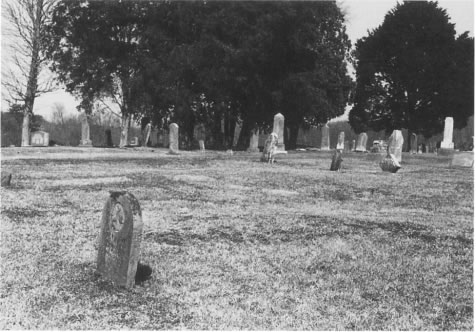
Figure 1.1. A relocated cemetery in Ezel, Kentucky, supposedly holds among its secrets a petrified girl, believed buried among these graves. (Photo by Joe Nickell)
Documentation
Involving aspects of folklore analysis, historical and paranormal research, forensic pathology, and other disciplines, my investigation began with the collection of various narratives and personal interviews, then progressed to a search through the death notices in the Hazel Green Herald. There was no Minnie Wheeler listed, but there was this entry in the Wednesday, October 7, 1885, issue Miss Nannie Wheeler, daughter of J.W. Wheeler, of Grassy, died of flux [unnatural discharge] on last Thursday, and was buried at Ezel on Friday. Miss Wheeler was about 17 years of age. (Last Thursday would have meant that she died on October 1, 1885.) Federal census records revealed that Nannie was actually Nancy A. and that among her five siblings was a younger brother, George W. The matching surnames and the similarity of given names (Nannie easily being garbled into Minnie), together with other parallel details, including the same age and a brother George, persuaded me I had found my quarry. The burial at Ezel was an especially corroborative fact, and so (I would soon learn) was the time period in question.
Further searching through back issues of the Herald turned up the following report, dated February 17, 1888 The people of Ezel, feeling that the location of the grave yard [sic] has had much to do with the epidemic of sickness, on Wednesday commenced to remove those who are there buried to a more suitable place. We understand fifty graves will be required to accommodate the coffins removed. The following issue reported Ezel, Feb. 20 A beautiful site has been procured for the public grave yard at this place, and the work of transferring the dead from the old to new grave yard has begun, and will continue until all are moved.
I expected next to see a report on the discovery of Nannies petrified body, but in one of the most disappointing moments in my career as an investigator, I learned there was a gap in the recordmissing issues of the newspaper during the relevant period. I was therefore forced to rely on handmedown narratives. Although, as I have already indicated, these are quite variable as to details, the effect of the discovery comes through quite clearly. But was Nannies body really petrified?
Petrifaction?
On the one hand, the water that was reportedly drained from the coffin could be an indication that conditions were right for petrifaction. That occurs when groundwater containing dissolved mineral salts infiltrates buried organic material, replacing the decaying matter with the minerals while preserving the shape and even the cellular structure of the original material (Petrifaction 1986).
On the other hand, true petrifaction in the case of a coffin burial would be exceedingly unlikely. Several petrified people have been outright hoaxes, including the Forest City Man, shown at the Worlds Columbian Exposition in Chicago in 1893; the Pine River Man (made of waterlime, sand, and gravel) discovered in 1876; the Colorado Man (faked for P.T. Barnum at a cost of $2,000) and others, including the notorious Cardiff Giant (unearthed at Cardiff, New York, in 1869) (MacDougall 1958,2324 Stein 1993,1314,145).
Often, bodies are said to be petrified when observers are simply astonished to find them in a surprising state of preservation. For example, there is a persistent legend that the corpse of Abraham Lincoln was petrified and indeed had turned to stone when it was observed in a well-preserved state while his body was on tour after his assassination in 1865, as well as upon reburials in 1886 and 1901. On the latter occasion, his corpse was described as resembling a statue of himself lying there. In fact, the body had been expertly embalmed and had been kept in an airtight coffin (Lewis 1929).

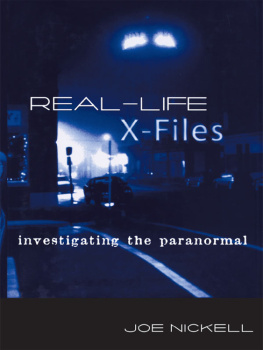
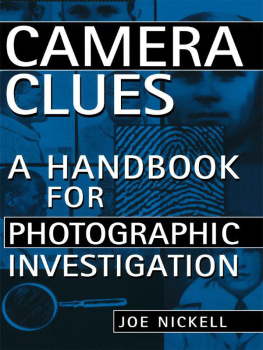


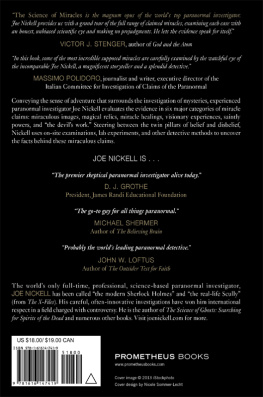

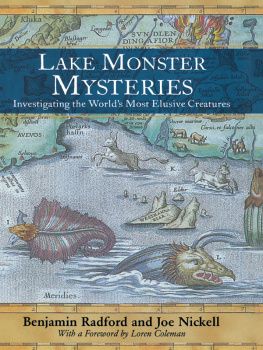
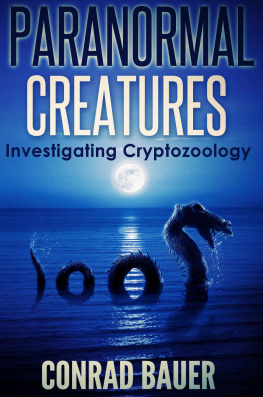
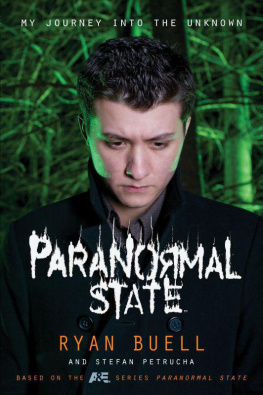
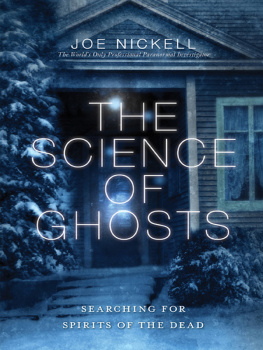
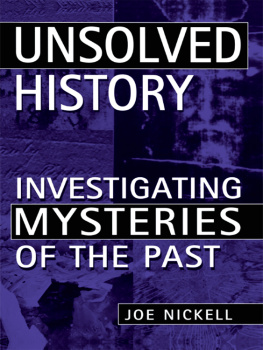
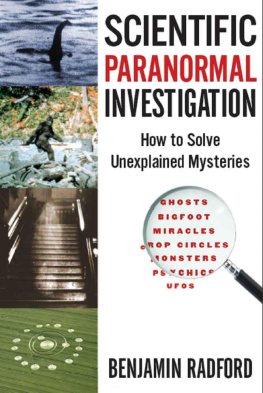
 Chapter 1
Chapter 1